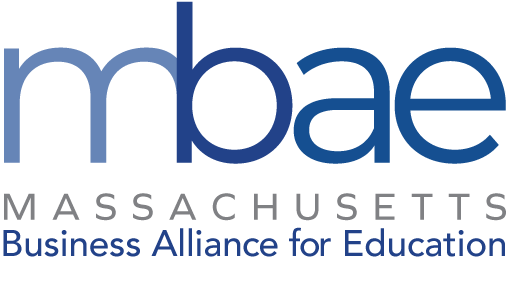On the surface, poll results released this week seem to indicate that public support for the Common Core State Standards is slipping.
Yet, a closer look at four recent polls tells another story, and alarmingly, that misinformation about the standards is widespread, effecting the outcome of polls, and rendering them inaccurate.
While the PDK/Gallup poll shows 60% of respondents in opposition to Common Core because they believe it will limit teachers’ flexibility in the classroom, EdWeek’s Research Center survey found that 69% of teachers think Common Core standards will improve their instruction and classroom practice. 65% also believe it will improve student learning, and Republican pollster Dave Winston found 62% of teachers approve of their state’s adoption of the Common Core, showing no change from a poll done in March.
The Common Core label is now a polarizing term, but most people do indeed support high standards. When asked if they support high academic standards across states, without mention of “Common Core,” Education Next found support soaring from 53% to 68%.
Proponents of the Common Core State Standards can also learn from these polls that a disconnect still exists between public perception of the standards and what they actually are. Education Next found many respondents believe the Common Core takes away local control and gives it to the federal government. Only a little over a third, 36%, know that adopting Common Core was not a federal mandate, 15% know that the federal government cannot access student data, and less than half understand that curriculum is decided on at the local district level.
Teachers are closest to the action when it comes to Common Core implementation and need our support for smooth and effective implementation of the standards in their classrooms. Their local vantage point of what is happening in schools provides them with a wealth of information, oftentimes more accurate that what can be learned from TV, radio, and news outlets, making them a critical source of information for the general public.
